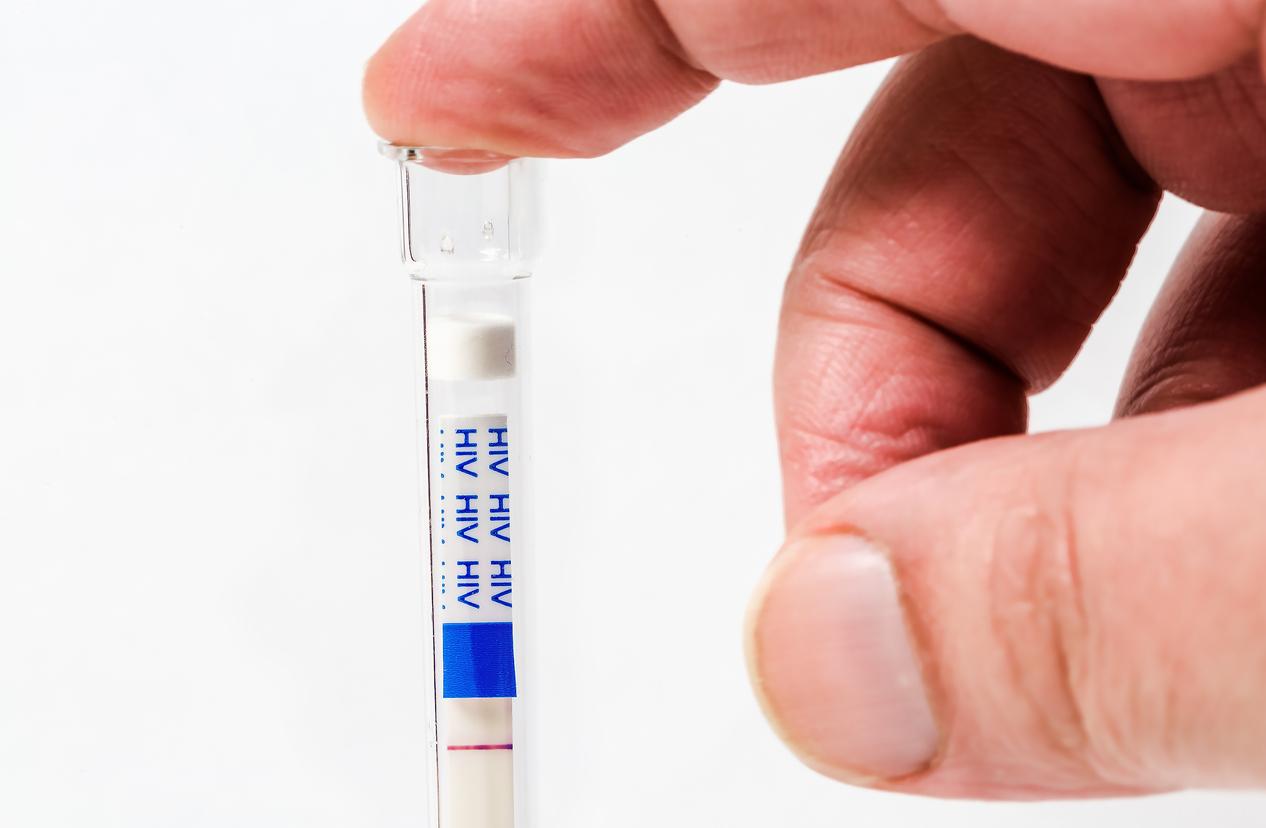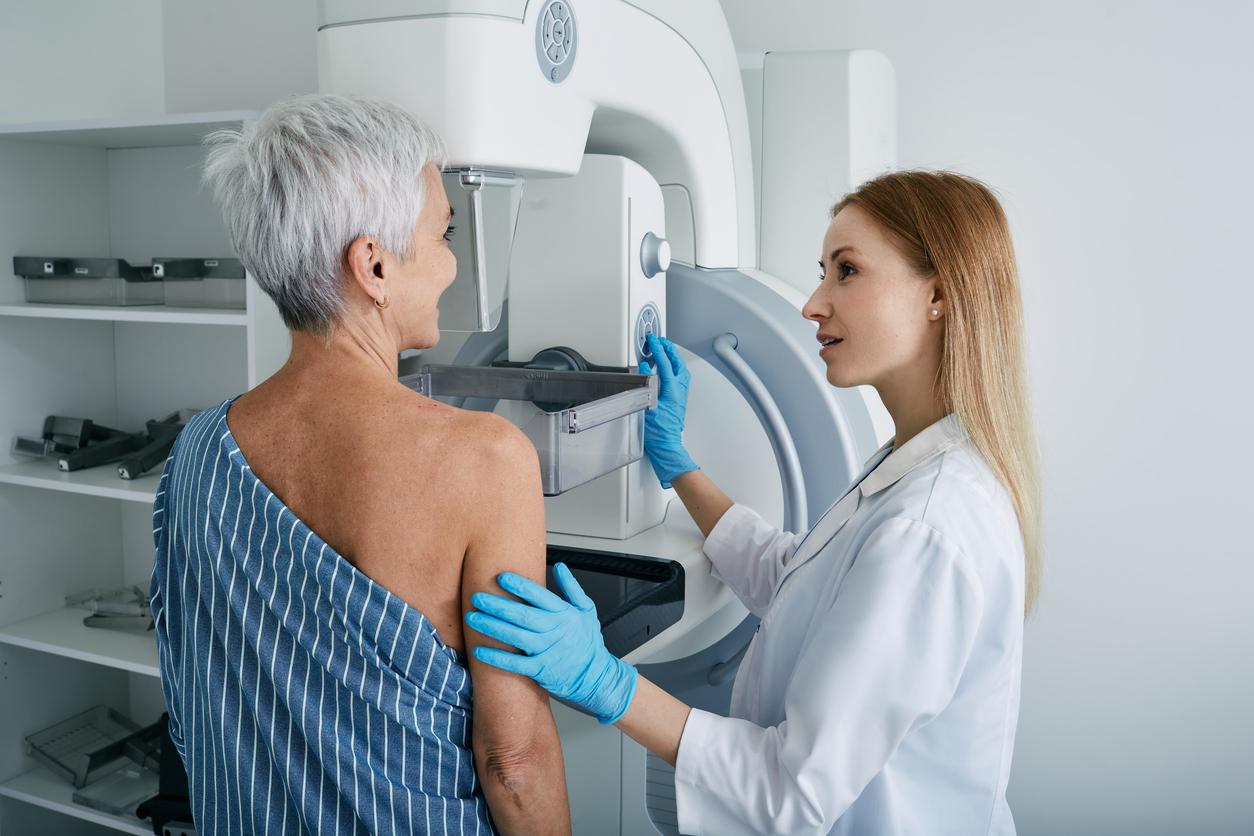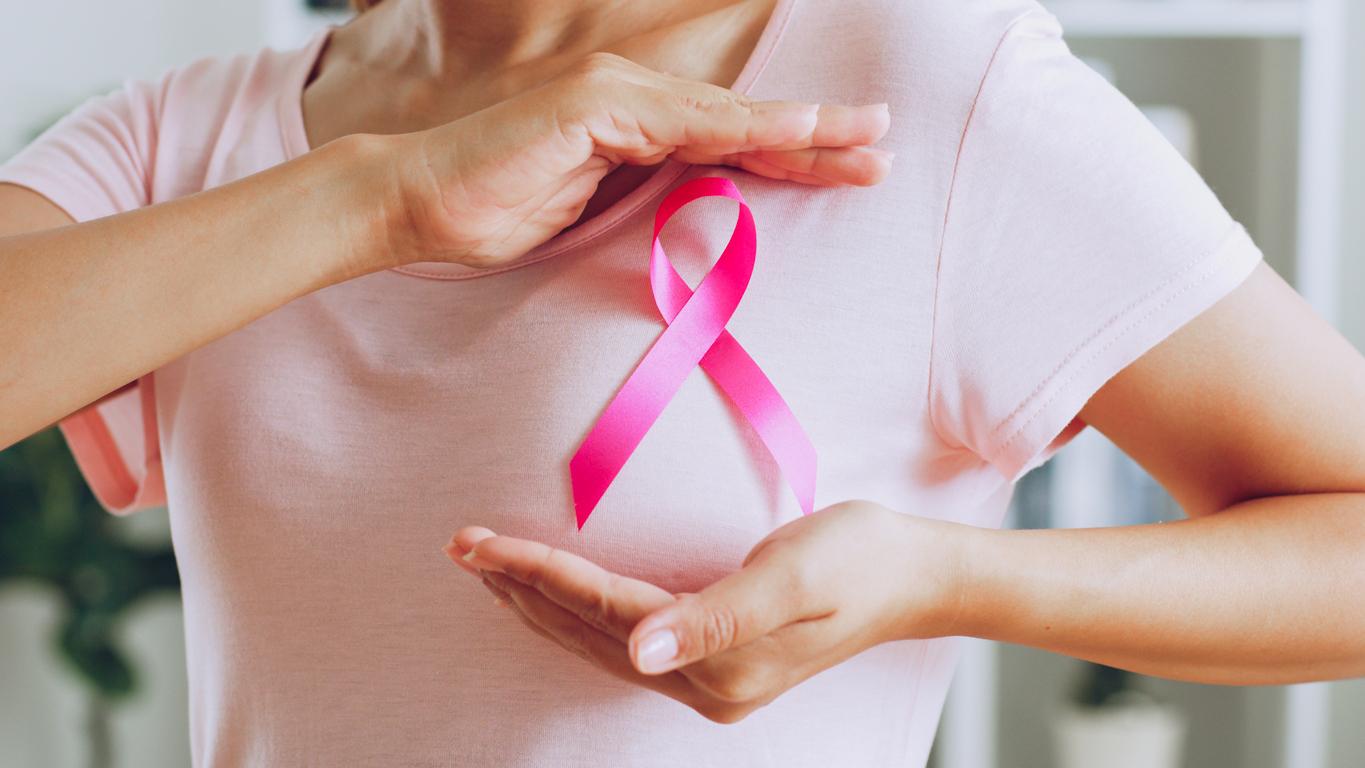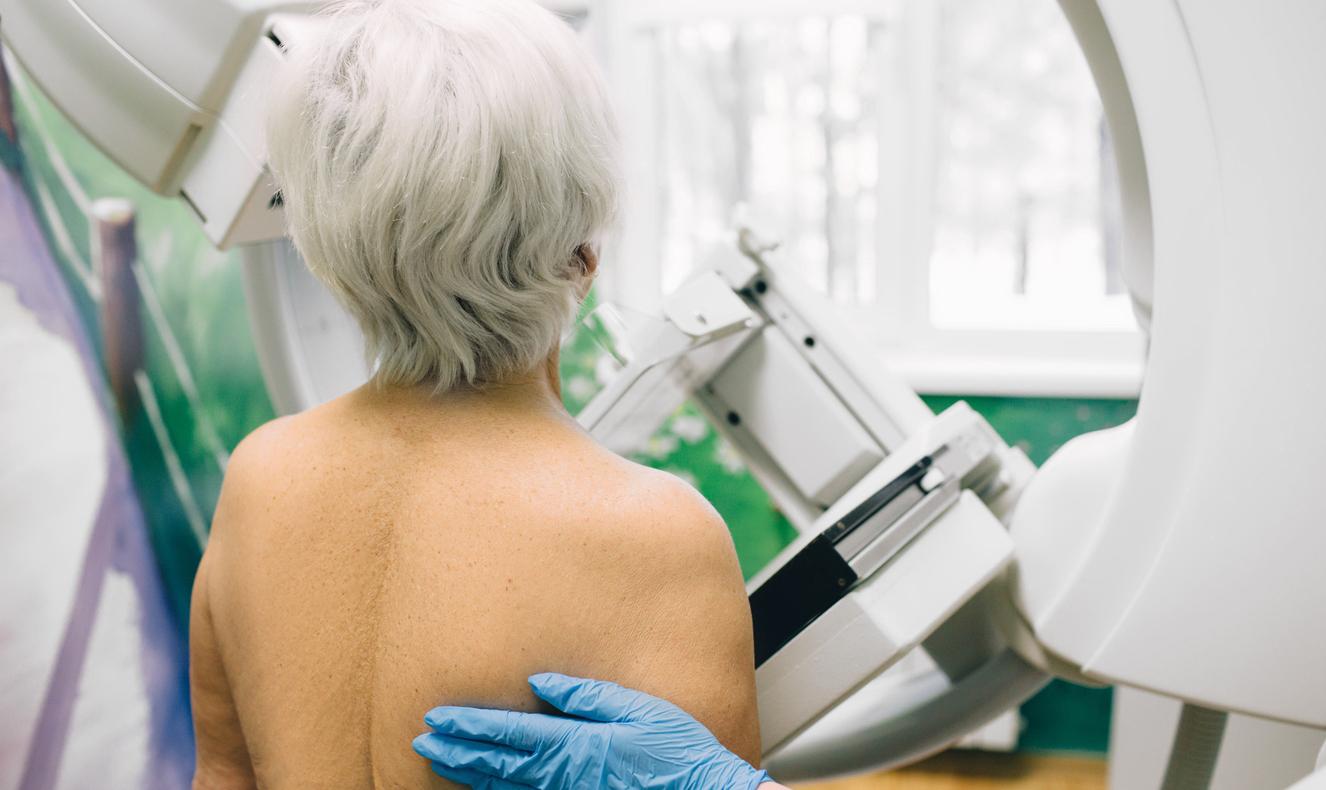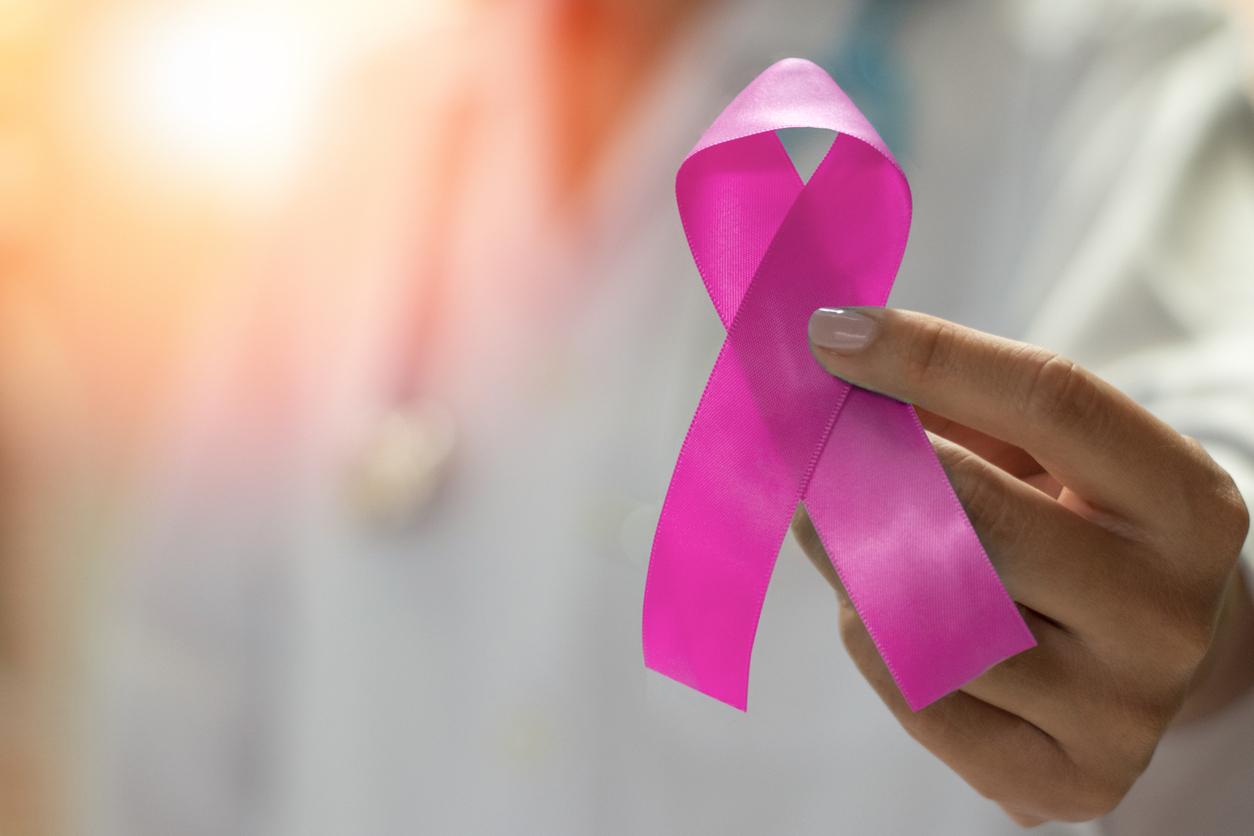Researchers have identified 12 toxic chemicals that put female firefighters at increased risk of contracting breast cancer.
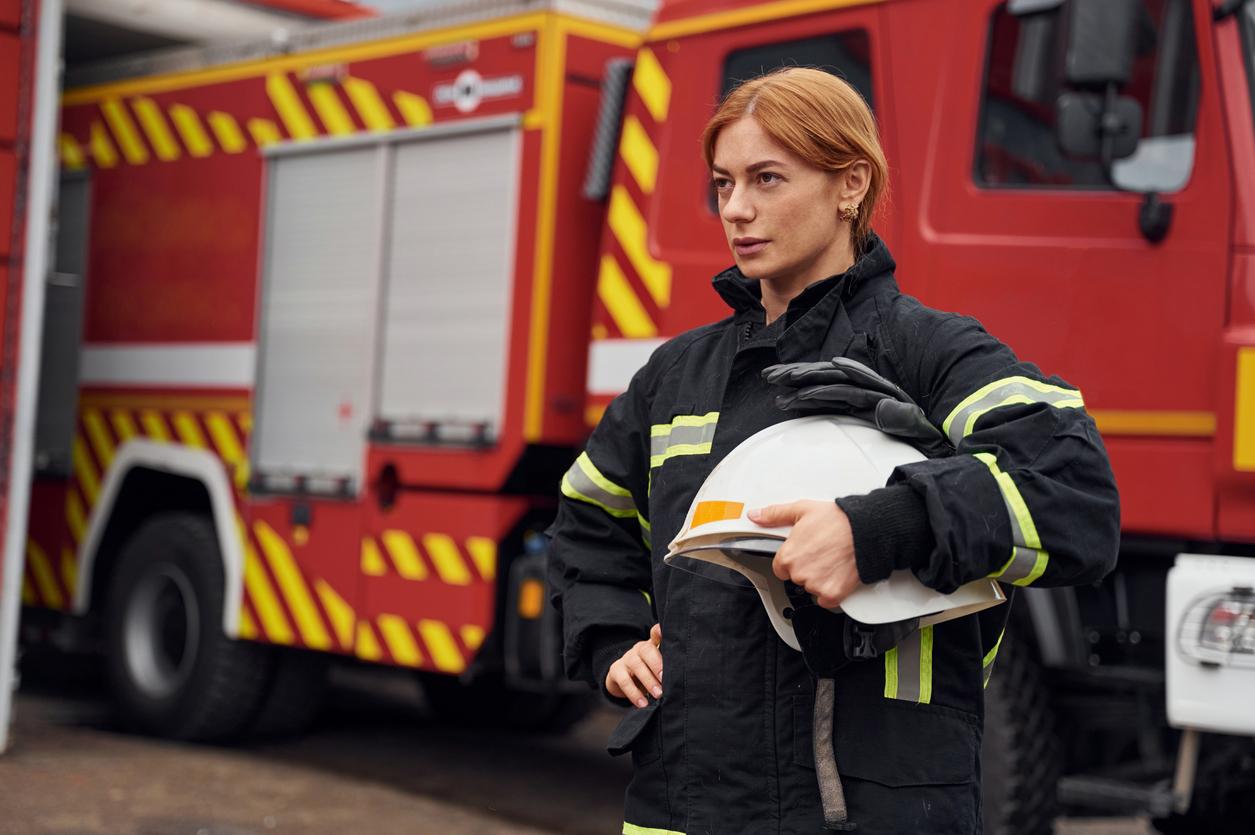
- A new study has identified 12 toxic chemicals that put female firefighters at increased risk of getting breast cancer.
- These include benzene, PAHs, acetaldehyde, styrene, dioxins, flame retardants, PFAS and PCBs.
- For researchers, understanding the risks women face at work can help change policies to improve their safety and care.
“As more women enter the profession, it is important to understand the impact of workplace exposures on their health so that we can inform policies to reduce exposures and create a safer work environment “explains Ruthann Rudel, research director at the Silent Spring Institute.
And the researcher’s work, published in the journal Toxicshave identified several chemicals that firefighters encounter in the course of their work that could increase their risk of developing breast cancer.
Female firefighter: 12 substances that increase the risk of breast cancer
To identify risks for female firefighters, the team used databases from the International Agency for Research on Cancer (IARC) and the United States National Toxicology Program. They then listed all the chemicals known to cause mammary tumors in animals as well as substances associated with breast cancer in human studies.
At the same time, scientists analyzed research into the chemicals firefighters encounter on the job and examined which of these occupational exposures increased the risk of breast cancer.
Results: 12 chemicals or classes of chemicals were identified as potentially increasing the risk of breast cancer among female firefighters.
“These chemicals include benzene,
Breast cancer: chemicals from fires, barracks and uniforms
Researchers say firefighters can be exposed to these carcinogenic chemicals during fires of course, but also through the air and dust in fire stations, fire truck exhaust or even their protective gear. Indeed, PFAS have been found in firefighters’ clothing and firefighting foams. “If it turns out that these chemicals are being added to firefighters’ clothing, it would be important to know so that they can be replaced with safer alternatives.”adds the expert.
In a previous study, the expert and her team had already discovered that female firefighters in San Francisco had higher levels of PFAS in their blood than female office workers. They also noted that they had much higher levels of flame retardants, which are also carcinogenic, in their bodies.




